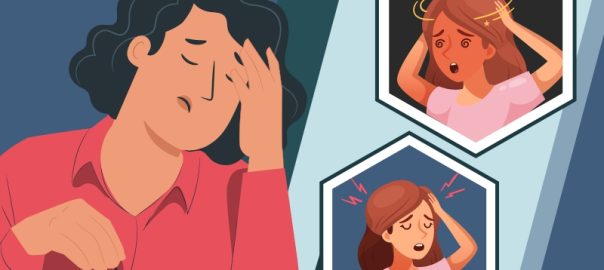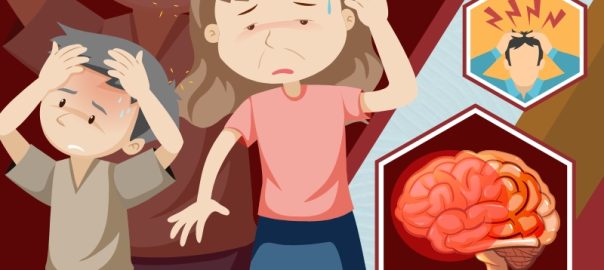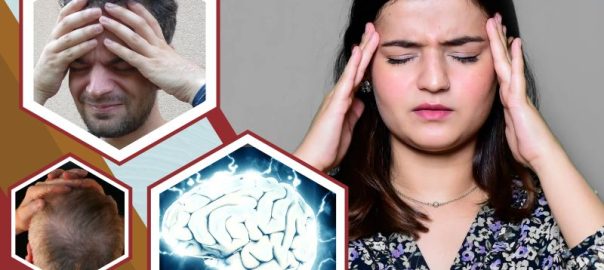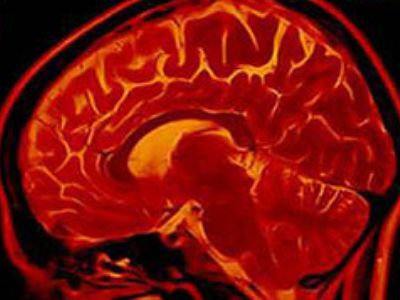The modern world is stressful, and that is unlikely to change anytime soon. You will likely experience some level of stress from the moment your alarm clock wakes you up until you’re done for the day. Stress may take the form of anxiety or other psychological pressures, or physical stress, such as eye and neck strain from sitting at a computer for long periods. Stress is tolerable in small amounts, but too much can harm your health.
How Can Stress Cause Headaches?

Everyday stress can bring on headaches in a variety of ways because stress causes us to change our behavior without even realizing it.
- Lots of people clench their jaws and grind their teeth when they’re stressed, both of which can trigger headaches all on their own.
- When people are stressed, they frequently tighten their necks and shoulders. Tense muscles in the back of the neck and even on the scalp can cause compression several people use to describe stress-related headaches.
- Anxiety and stress are common culprits of restless nights, and insomnia is a risk factor for tension headaches and migraines alike.
- Our bodies react to stressful events with a fight or flight response. This involves the release of certain chemicals that can cause physical changes. This, in turn, can bring on tension headaches.
- Stress can trigger changes in your appetite, which affect the way you eat and drink. Many people may find themselves eating less and even skipping meals when they’re stressed. This can throw blood sugar levels off balance, potentially causing tension headaches and migraines.
- Physical stress can also cause tension headaches.
Stress and Headache Prevention
Regular exercise and relaxation techniques can help reduce stress.
- Cognitive-behavioral therapy – this is a talk therapy that may help you learn to manage stress and may help lessen the occurrence and severity of your headaches.
- Biofeedback training – a technique that teaches you to control certain body responses that help reduce pain. You will learn how to reduce muscle tension and slow your heart rate and breathe yourself.
- Other relaxation techniques – anything that helps you relax, including yoga, deep breathing, meditation, and progressive muscle relaxation, may help your headaches.

Additionally, living a healthy lifestyle may help prevent headaches:
- Drink plenty of water
- Limit alcohol, caffeine, and sugar
- Get enough, but not too much, sleep
- Don’t smoke
- Exercise regularly
- Eat regular, balanced meals
Treatment for Stress and Headache
Using medications along with stress management techniques may be more effective than either treatment alone in lessening your headaches.
Medications used may include:
These medications help you to relieve headaches. Your doctor may prescribe medicines to lessen the frequency and severity of attacks, especially if you have frequent or chronic headaches that aren’t relieved by pain medication and other therapies.















